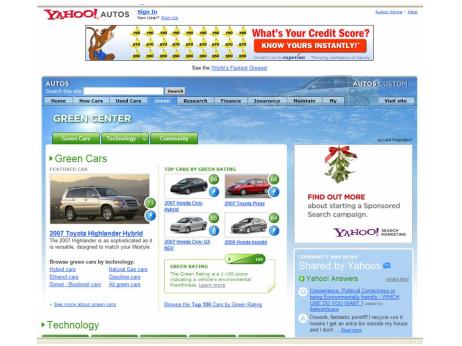Einstein is credited with saying that “everything should be made as simple as possible, but no simpler.”
Such words have renewed meaning when it comes to messaging about climate change as everything about it seems complex – its cause, its impact, and the challenges that humans face to address it. Just describing climate change poses a formidable challenge for communicators. Its causes are many and not necessarily intuitive to grasp. Likewise, its impact is difficult to comprehend, especially given how interconnected Earth’s natural systems are.
Like any marketing communications challenge, consumers needs sound bites that relay information as simply as possible, but no simpler. The message needs to be relevant to their daily lives. The narrative needs to be easily digestible and sharable so that it quickly becomes part of the broader lexicon. It also needs to instill a sense of urgency, but not leave a feeling of being overwhelmed.
One possible way to address this challenge is to reframe the climate change conversation around water. This shift is necessary for many reasons:
First, the current narrative around global warming is too complex and abstract for most audiences to grasp fully: rising temperatures, melting polar ice sheets, burning rainforests, rising sea levels, and so forth. Focusing on water enables communicators to simplify the message, as water is familiar to all of us and essential for our own survival. Rather than shortchanging the complexity of climate change, communicators that narrow the message enable consumers to more easily digest it.
Second, focusing on water allows us to shift communications away from the cause of climate change to its impact. Natural water variability is expected from year to year, but overall, supplies in the US, even in the arid west, have traditionally been relatively predictable from year to year. In the current world, a “100-year” drought actually only occurs every 100 years.
Yet, climate change has already disrupted this paradigm. Today, we are shifting to a world of water volatility, where the probability of extreme droughts and floods increases dramatically. For example, in 2010, the Amazon rainforest experienced its second “100 year” drought in 5 years. When this happens, people start to pay attention.
Finally, water enables communicators to reposition global climate change as an inherently local issue. It has long been the case that consumers have had a difficult time connecting with – let alone financially supporting – global environmental issues. Redefining climate change as a local issue makes it more personal, and provides an opportunity to motivate more grassroots support for action at the local level.
Yet, today, the impact of climate change is being felt closer to home. Local communities in the US are being devastated by water – or the lack there of – from extreme droughts and wildfires across Texas to torrential rains and flooding in Vermont. Globally, the impact has arguably been more severe because people in places like Pakistan, Bangladesh and even China have fewer resources to cope with it.
To this end, it is important to outline a communications construct that shifts the focus of climate change to its impact on water. Here is one approach: As communicators, we face the ongoing challenge of constructing the right narrative that engages audiences on this important issue of our time. Simply, but no simpler.
As communicators, we face the ongoing challenge of constructing the right narrative that engages audiences on this important issue of our time. Simply, but no simpler.
The best way to do so is still open for discussion.
What is your approach?
























